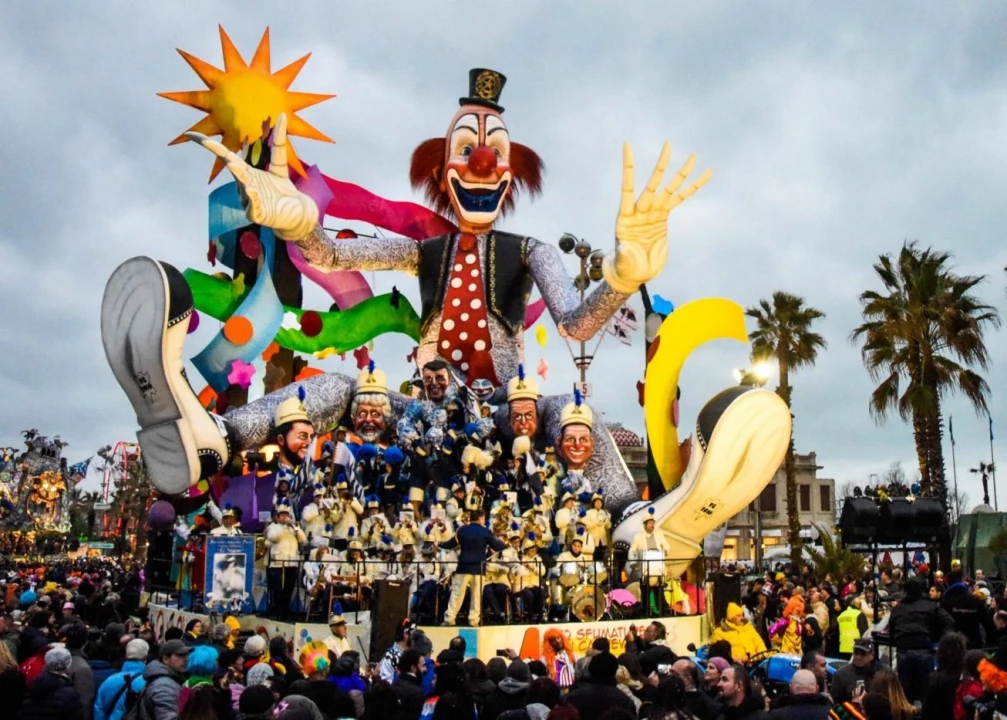Among the many attractions of perhaps the world’s most beloved Italian region, Tuscany, the Carnival of Viareggio deserves a place of honor: it is one of the most important and appreciated carnivals internationally, one in which thousands of people – tourists and Italians alike – participate every year.
It was conceived in 1873 as a masquerade event for the rich bourgeois in their discontent at having to pay a too-high tax price. Through the course of time, though, its principal characteristic has become its enormous, animated parade floats.
Atop these floats that parade along the coast of Viareggio, gigantic papier-mache caricatures of the big political, cultural and showbiz names dominate. They are but extraordinary machines with movements that become increasingly complex with each year, showing off the ideal marriage between grandiose scenographic effects, new technologies and, of course, the mastery of Italian artistic talent.
The entire Carnival of Viareggio is accompanied by masked and musical all-nighters in the streets. These parties find their origins in the so-called “colored all-night dances” (veglioni colorati) from the 1920s – where the women donned dresses of certain hues and dyes, and the men had to appear in tuxedo. Even the decorations, confetti and tinsel stars had to follow a specific color theme. Today, the most fashionable bars and locales participate in the celebration, helping to amp up the extraordinary factor of Carnival.
The City of Viareggio, a renowned seaside town, is rich in Art Deco architecture and is a great introduction to this part of Tuscany known as Versilia. Take a trip here, and enjoy the splendid nearby towns of Lido di Camaiore and Forte dei Marmi, as well as bigger cities like Pisa and Lucca.




